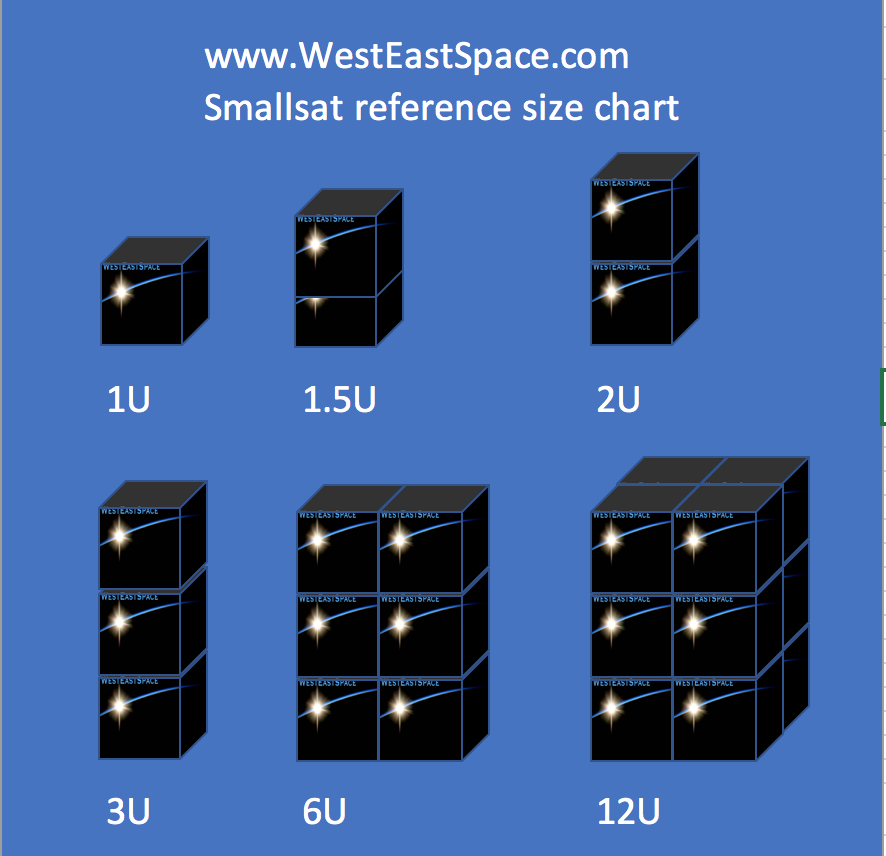Satellites come in all sizes and shapes. A small satellite or SmallSat is commonly considered to be a satellite that weighs less than 500 kg.
As a basic application of various satellite sizes by mass, the common distinction:
| Lower Limit | Upper Limit(kg) | Classification | Examples |
| 1000 | Large satellites | Hubble Space Telescope / Inmarsat-4A F4 | |
| 500 | 1000 | Medium satellites | O3b |
| 0 | 500 | Small satellites | SpaceX StarLink |
CubeSats are smaller yet.
CubeSats need to conform to specific criteria including shape, size, and mass. At this point, most people have become aware or are at least heard of CubeSats. (Cube Satellites). CubeSats (cube satellite, cube satellite) are a type of nanosatellites defined by the CubeSat Design Specification (CSD) or otherwise commonly known by the unofficial term “CubeSat standard”. Cubesats are small, and start off at the 1U size of 10xm x 10 cm x 11.35 cm ( yes not exactly a cube, but very close) Here are some standard CubeSat dimensions:
1U CubeSat is 10 cm × 10 cm × 11.35 cm.
2U CubeSat is 10 cm × 10 cm × 22.70 cm.
6U CubeSat is 20 cm × 10 cm × 34.05 cm.
12U CubeSat is 20 cm × 20 cm × 34.05 cm.

The CubeSat Project began as a collaborative effort of several professors at California Polytechnic State University (Cal Poly) and Stanford University’s Space Systems Development Laboratory (SSDL). Prof. Jordi PuigSuari(Cal Poly), San Luis Obispo(SSDL), and Prof. Bob Twiggs(SSDL) started the CubeSat Project in 1999 and since the inception, the CubeSat Project gained wide acceptance. The development of CubeSats has advanced into a subindustry of space satellite development and launch. Numerous government, industry and academic organizations collaborate increased capabilities. The program has expanded to be an international collaboration of over 100 universities, high schools, and private firms developing CubeSats containing scientific, private, and government payloads.









Comments are closed.